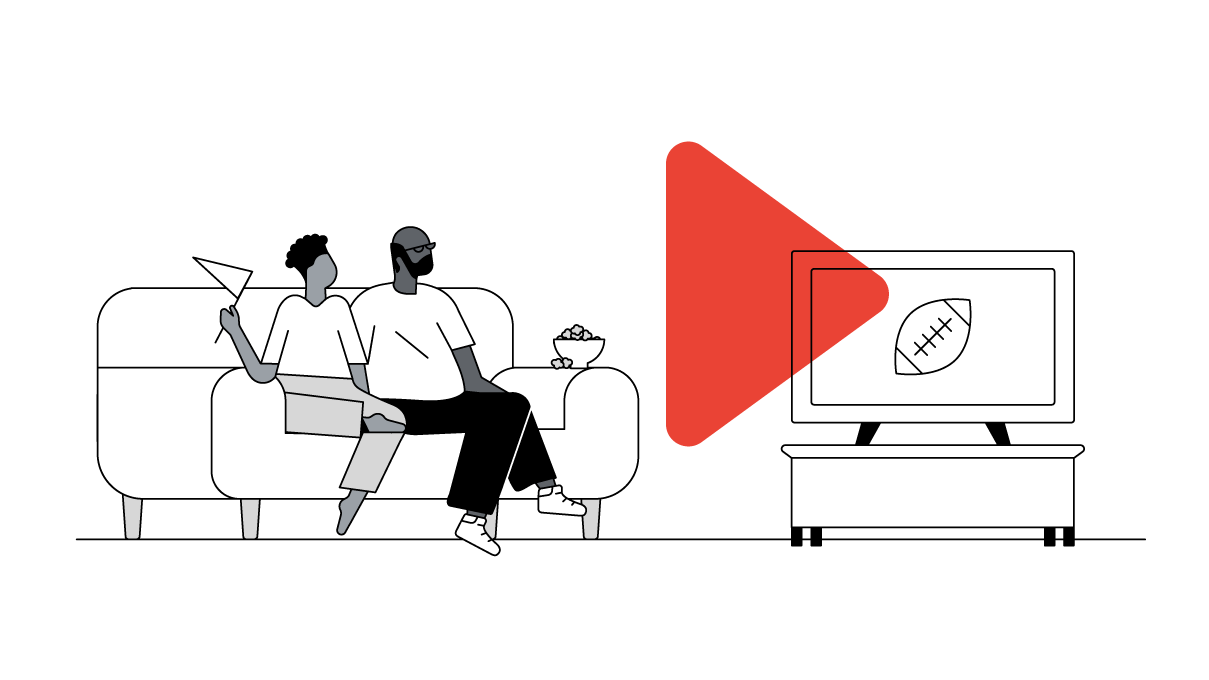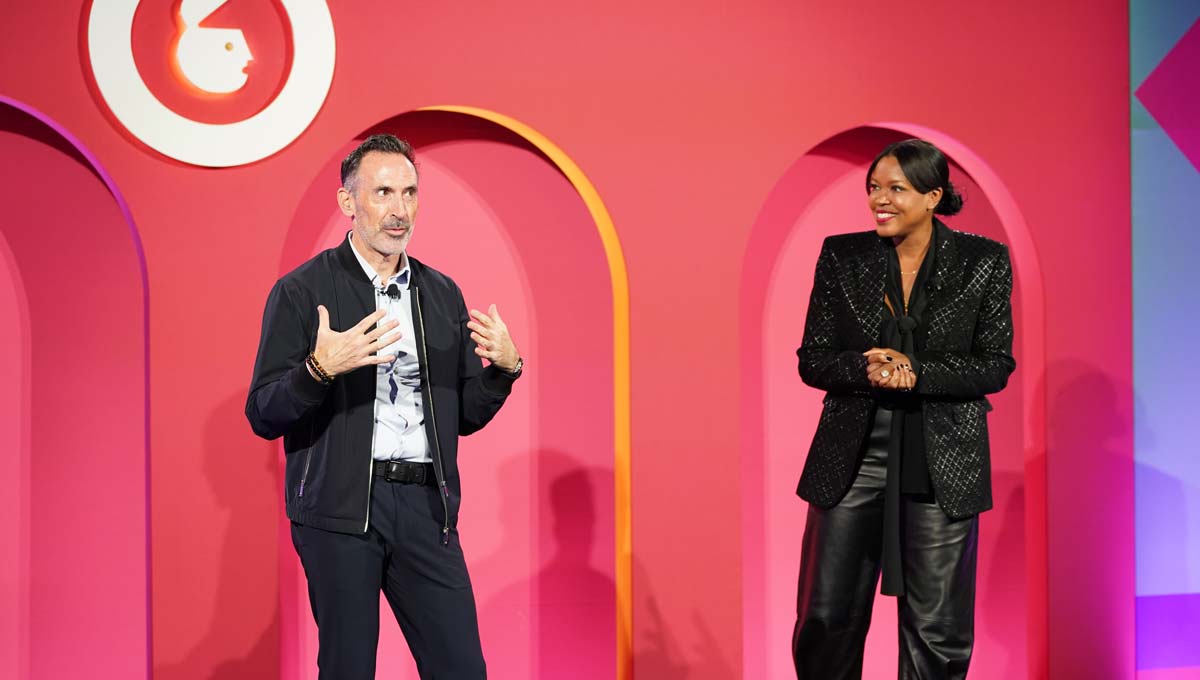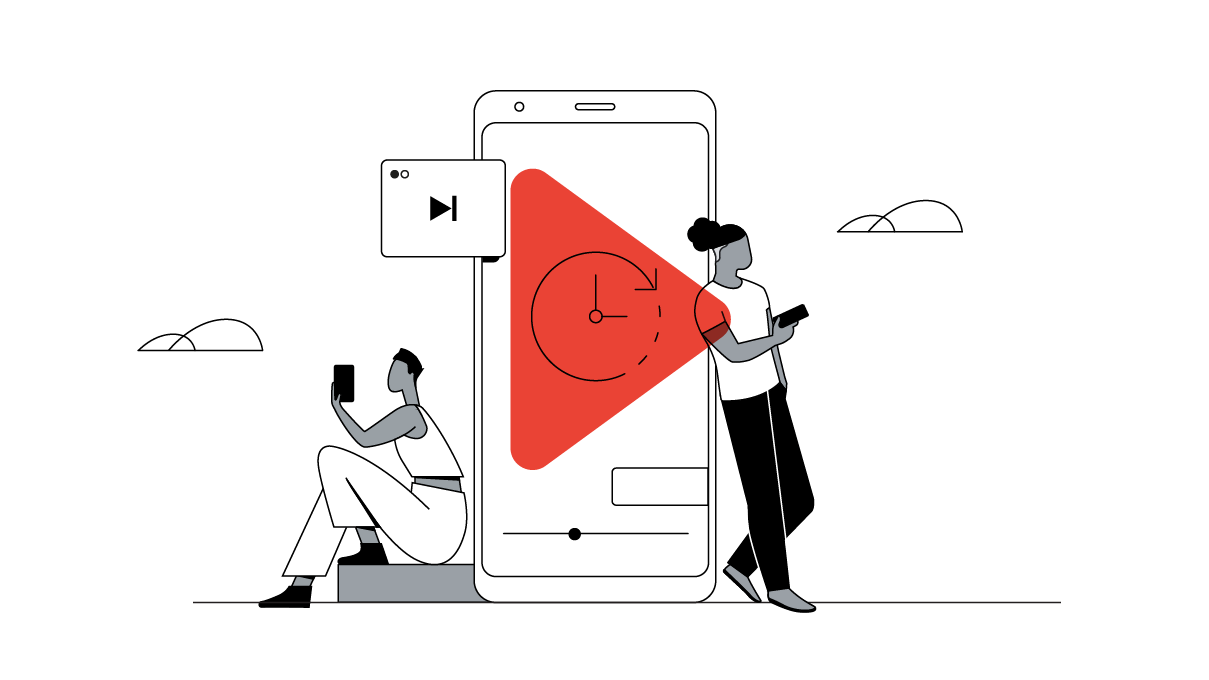Creating a great ad is only half the battle. Equally important is delivering that ad to an audience ready to see and absorb your brand's message. To test audience engagement, we dug into Canadians' connection and attention while watching TV and YouTube—and have three new insights for marketers.
We've all seen it. Killer creative that somehow just doesn't move the needle. That's because a great campaign that reaches people on the platforms and in the moments when they're most engaged will generate vastly different results than a great campaign that no one really notices.
When we asked people about their experiences with YouTube vs. TV, Canadians told us they found YouTube 57% more engaging.1 OK, but what does that 57% lift really mean? To take a closer look at why people perceived YouTube as more engaging, we looked to combine what people said with the ability to experience how they felt in the moment. Enter biometrics.
Partnering with Explorer Group, a behavioural research firm specialising in how people interact and make purchase decisions within environments, we designed a biometric approach that helped us experience viewers' responses in the moment. Explorer Group ran 60-minute, one-on-one sessions with 750 Canadians. Viewers either watched top TV content2 or top online video content from YouTube3 across a variety of devices, with the same ten ads4 mixed in.
For the first time, we were able to experience viewers' actual responses to content and ads on YouTube and TV with them. We used eye tracking as a marker of viewer attention5 and brain wave activity and skin sweat levels as markers of connection.6 Why did we focus on attention and connection? Well, they are the foundation of effective communication. We also looked at people's overall biometric response, which is an equal weighting of eye-tracking, brain wave activity, and skin sweat levels.7 Here's what we found.
1. Biometric data revealed YouTube ads and content drove higher attention and connection than TV
When we looked at the overall biometric data, we found that people were consistently more attentive and connected—and therefore, more engaged—with YouTube than TV.
All respondents were shown the same ten ads, and we found the ads were 39% more engaging when shown with online video than when shown on TV. The same was true for content. Overall, online video content was 28% more engaging than content on TV.

This level of attentiveness and engagement with YouTube makes sense when you consider people's mindsets when they approach these different platforms. When people watch TV, they know they're going to be sitting and watching for a stretch of time, so they don't expect every minute to be thrilling.
But with YouTube, people actively choose videos that appeal to them. Most videos are shorter than a TV episode and provide more opportunities, like sharing and commenting, for interaction. So when they're on YouTube, they're paying more attention. Maybe that's why teenagers report feeling more emotionally connected to YouTube stars than traditional celebrities. Or why the ads on the Canadian YouTube Ads Leaderboard: Year-End 2015 have an average view time of over one minute.
What this means for marketers
Viewers are tuned in. You don't need to work as hard to get viewer attention on online video. This is especially true on mobile: People usually hold these devices closer to their faces and inherently associate these devices with the ability to make their own choices.
Greater attention enhances the potential for more opportunities to connect with your audience. You don't have to yell to be heard—they're already listening. When Canadians are on YouTube, they are tuned in, primed, and ready to connect with your brand’s story.
2. The smaller screen offers the larger creative canvas
Not only do people's attention and connection vary on TV vs. YouTube, but where their eyes move and what they focus on is notably different.
When watching TV, people's eyes focus on the center of the screen. In this example, the red dots represent where people's eyes focused and for how long (illustrated by the size of the dot). You can see the dots are clustered in a small portion of the middle of the screen, suggesting a lower degree of active attention.
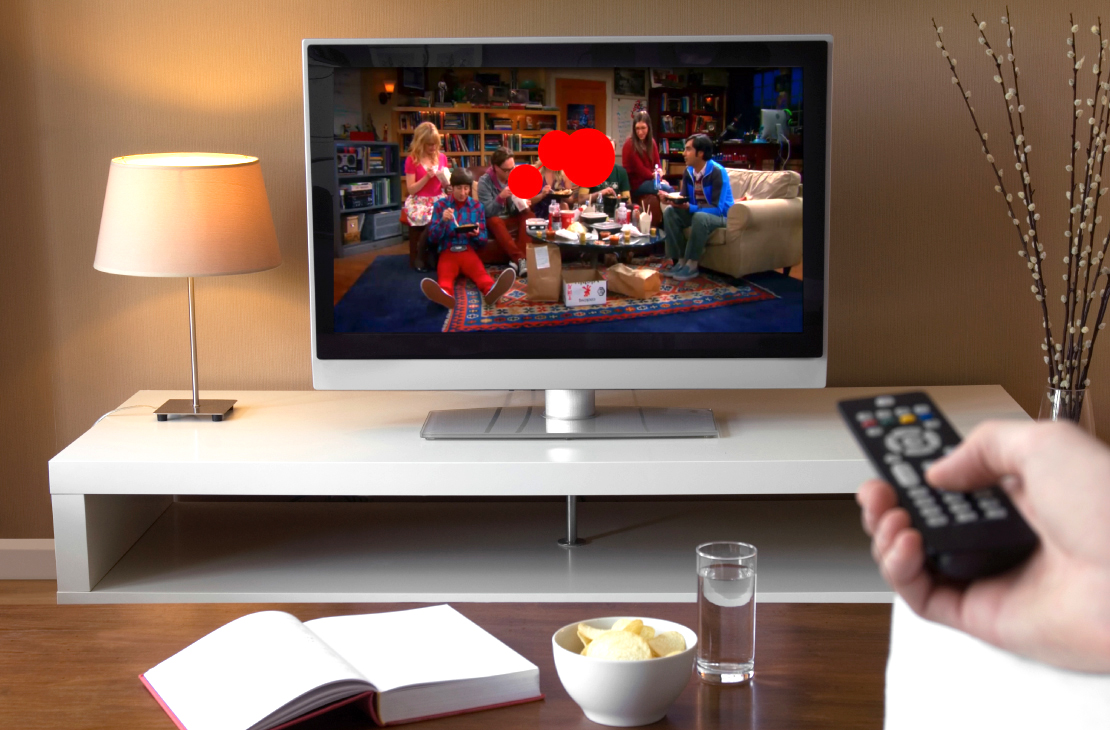
On YouTube devices, people's eyes move all around. Here, you can see viewers looked in more places, and those spots are dispersed across a larger portion of the viewing area. This scanning behaviour suggests a greater degree of active attention.
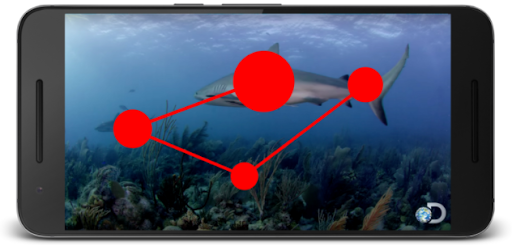
This visual scanning across a YouTube video makes sense because we're so used to naturally scanning all over our phones and tablets as we move around from apps to browsers to messages.
What this means for marketers
Paradoxically, creatives have more real estate to play with in a mobile ad than they do in a TV ad. With online video, the entire screen is your canvas. That means more space to tell your story and more opportunities to add engaging features like TrueView for shopping, which allows people to click through to your brand’s product pages from right there on the screen.
3. The second screen is the more engaging screen
With smartphones, tablets, and laptops clamouring for our attention, TV watching is no longer a focused activity. To learn about the effects of these competing devices, we allowed TV watchers to choose a device to use while they watched. We found that when people interrupted their TV viewing with YouTube, YouTube held 2.4X the visual attention vs. TV. Intuitively, this makes sense. Not only are competing devices often closer to our eyes, we also often have a more intimate relationship with our phones or tablets.

And even when online video was the primary device and TV was present in the background, YouTube generated a 24% stronger connection than TV.
What this means for marketers
YouTube is a lean-in platform—viewers tune out background noise. Even when online video is the second screen, people engage with it like it's their primary screen. Many savvy marketers are seeing the value in reaching people on their devices as they watch TV, offering companion videos or ads that are relevant to real-time events like the Oscars.
For your media planning (and creative planning), YouTube should be considered a primary screen when it comes to attention and connection, two key viewer behaviours advertisers need to drive brand resonance.



